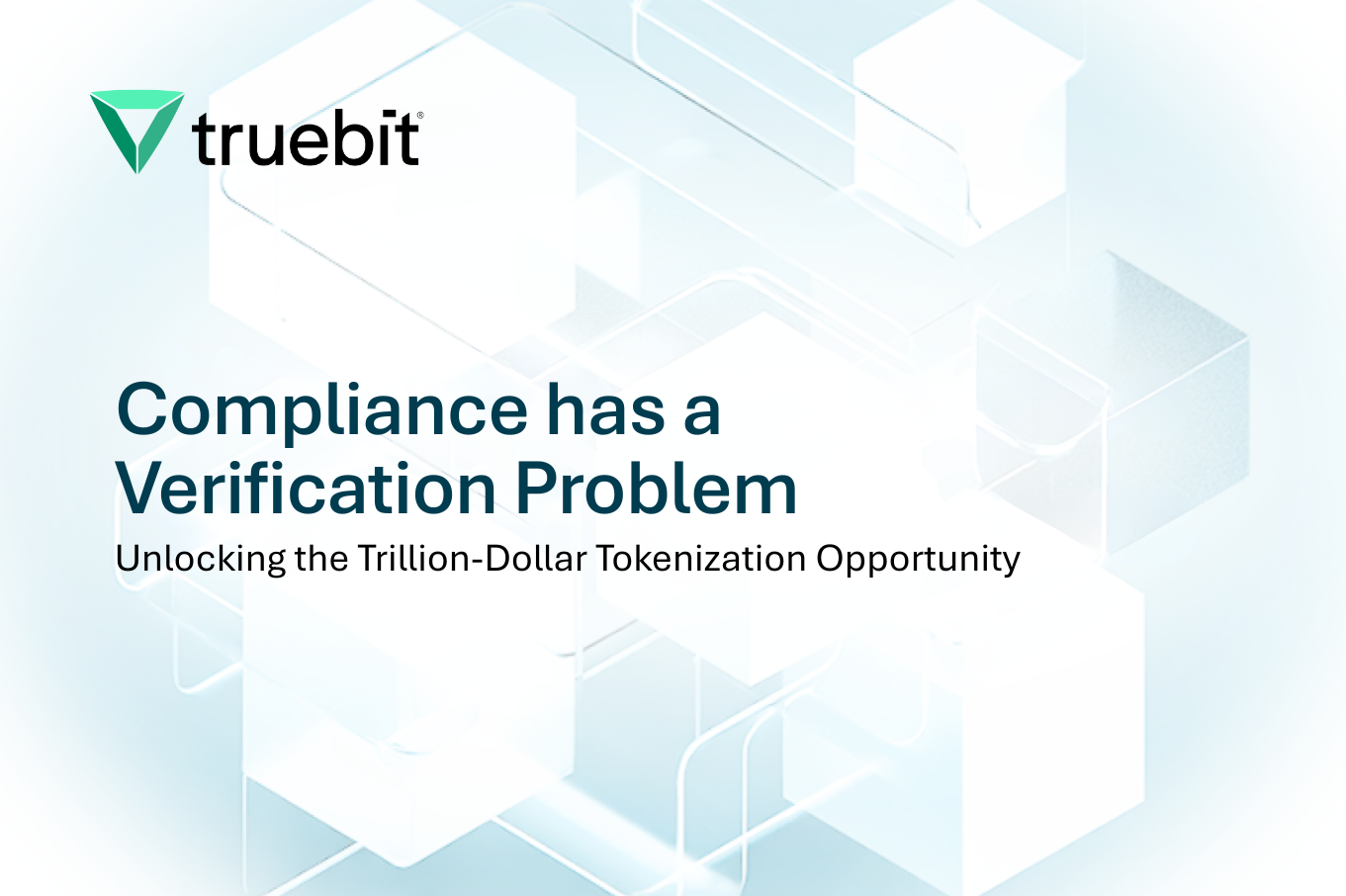The capital markets are clear about what they want from digital assets: the efficiency and liquidity of blockchain technology with the transparency and compliance standards they’re accustomed to in traditional finance. What’s holding back the flood of institutional investment isn’t regulatory uncertainty but the lack of continuous, verifiable proof that digital assets represent what they claim.
While established players like BlackRock and JPMorgan can leverage their reputation to enter the tokenization market, the rest of the market faces a different reality. For them, “trust us” isn’t enough to attract sophisticated investors or satisfy regulators who demand proof, not promises.
The Trust Tax in Digital Asset Management
Traditional asset management relies on periodic audits, quarterly reports, and reputational trust to assure investors that their capital is properly managed. This model worked when assets were held in traditional custody arrangements and transactions settled over days.
But digital assets promise something different: real-time liquidity, 24/7 markets, and global accessibility. These benefits become liabilities when the underlying verification systems can’t keep pace. Between audit cycles, investors face fundamental questions they can’t answer: Are backing assets still in place? Have risk parameters been exceeded? Are compliance requirements being met?
The gap between digital asset promises and traditional verification methods creates a “trust tax”, or a risk discount that investors apply to any digital asset that can’t prove its operations in real-time.
What Investors Actually Want
Investors evaluating digital assets need capabilities that go far beyond traditional periodic reporting:
- Operational Transparency: Investors need real-time visibility into asset backing, not quarterly snapshots that leave months of uncertainty.
- Regulatory Compliance: Compliance teams need auditable proof that KYC, AML, and investment mandate requirements are continuously met, not just periodically checked.
- Risk Management: Portfolio managers need continuous confirmation that leverage limits, concentration restrictions, and other risk parameters are being respected.
- Custody Verification: Investors need ongoing proof that assets have not been rehypothecated, moved, or encumbered without authorization.
These requirements go far beyond what traditional periodic audits can provide. They demand a new infrastructure that can generate continuous, cryptographic proof of operational integrity.
The Economics of Continuous Verification: Verified Assets = Higher Value
The impact of moving from periodic to continuous verification goes beyond just operational to economical. Assets that can prove their integrity in real-time command higher valuations because they carry lower risk premiums. They achieve better liquidity because investors have confidence to trade without waiting for the next audit cycle. And they scale more efficiently because verification processes are automated rather than manual.
Take proof of reserves as an example. A traditional approach might involve quarterly attestations from a certified public accountant, leaving investors with months of uncertainty about whether backing assets have been moved or pledged elsewhere. Continuous verification can provide real-time confirmation that reserves exist and haven’t been encumbered, eliminating the uncertainty premium that investors apply during inter-audit periods.
Verifiable Digital Assets
The path forward requires rethinking how asset managers approach transparency. Instead of periodic reporting supplemented by reputation, digital assets need verification built into their operational infrastructure to unlock the trillion dollar market opportunity.
This means creating systems where:
- Asset valuations are updated and verified in real-time using auditable data sources
- Custody arrangements are continuously monitored and reported
- Compliance checks are automated and generate tamper-proof audit trails
- Risk parameters are enforced programmatically with verifiable execution
For asset managers, this represents an opportunity to compete on proof rather than reputation. For investors, it provides the transparency and risk management they need to allocate significant capital to digital assets.
The Competitive Advantage of Early Adoption
Asset managers who implement verification early will capture the institutional capital currently sitting on the sidelines. As regulatory frameworks solidify around verifiable operational standards, those who can demonstrate verified compliance will have a significant advantage over those still relying on periodic attestations and reputational trust.
The question is whether asset managers will recognize the competitive advantage it provides and implement it before their competitors do.
Ready to explore how verification can differentiate your digital assets and help you compete with the largest players in the market? Get in touch with our experts to learn more.

